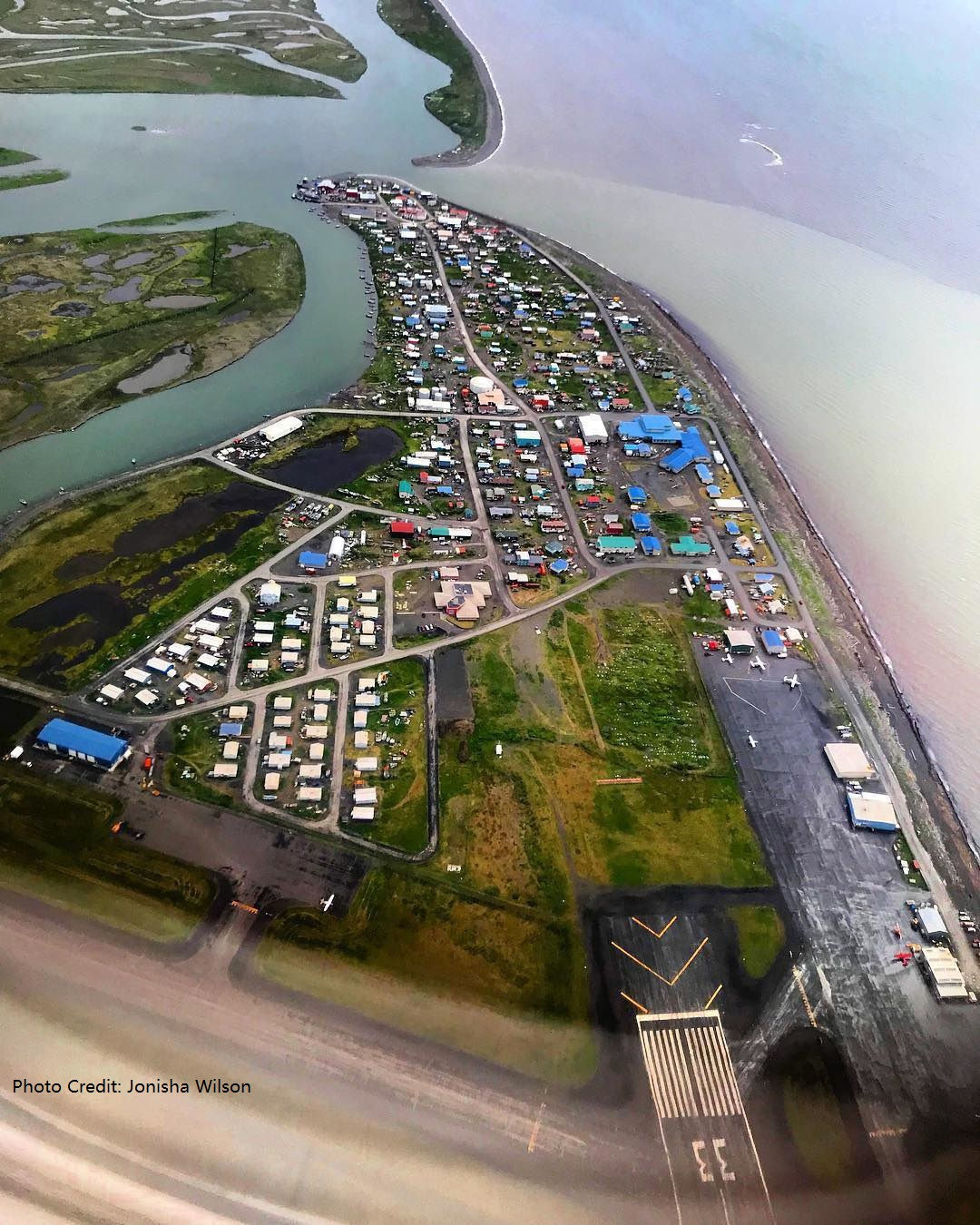
History
Unalakleet is a rural northwestern Alaskan community. Located 148 miles southeast of Nome and 395 miles northwest of Anchorage, Unalakleet sits on the coast of the Norton Sound at the mouth of the Unalakleet River.
The name Unalakleet means "from the southern side" due to it being the furthest south Inupiaq community. Unalakleet has a history of diverse cultures and trade activity. House remnants along the beach ridge have been dated by archeologists as far back as 200 B.C. to 300 A.D. Nearby Athabaskans on the upper river were considered "professional" traders with a monopoly on the Indian-Eskimo trade across the Kaltag Portage; Unalakleet was once a major traditional trade center as the terminus for the Kaltag Portage, an important winter travel route connecting to the Yukon River.
More recently, during the 1830’s, the Russian-American Company built a post in Unalakleet. In 1898, reindeer herders from Lapland were brought to Unalakleet, by Sheldon Jackson who was head of the BIA at the time, to establish sound herding practices. In 1901, the Army Signal Corps built over 605 miles of telegraph line from St. Michael to Unalakleet, over the portage to Kaltag and Fort Gibbon. The city was incorporated in 1974.
The local economy is the most active in Norton Sound, along with a traditional Unaligmiut Eskimo subsistence lifestyle. Fish, seal, caribou, moose, and bear are utilized. Today Unalakleet is a damp village; the sale of alcohol is prohibited in the community, although importation and possession is allowed.
Source: State of Alaska DCRA



